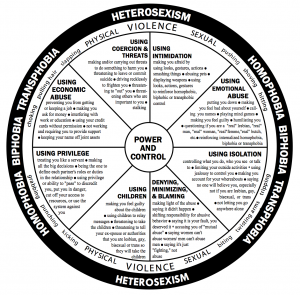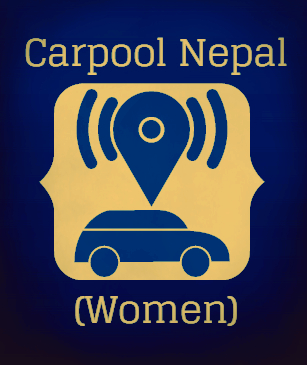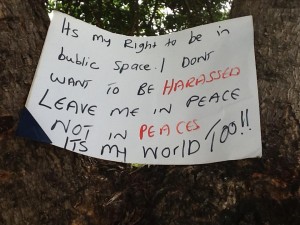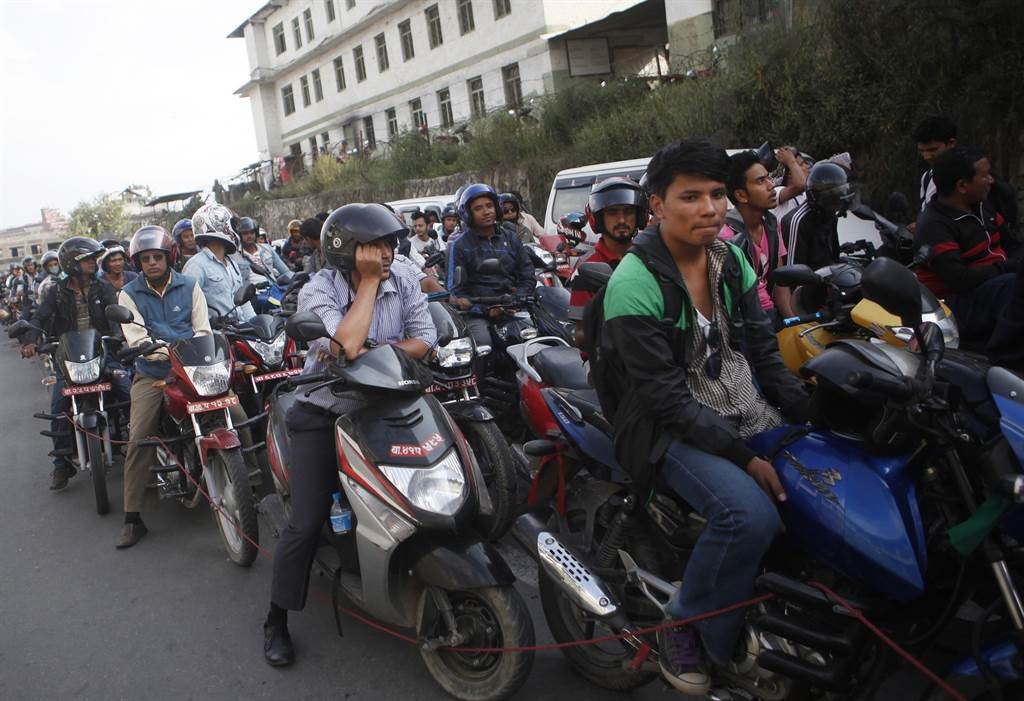Note: Last year, SSH released a national study on street harassment that includes the results of a 2,000 person nationally representative survey and 10 focus groups with under-represented voices. As I have the opportunity and resources to do so, I will continue holding focus groups. Focus group #11 was with Asian American women in Boston, Massachusetts earlier this month. Below is a two-page summary from it, which is also now included in the research report (see pages 59-60). Thank you to the women who participated and to Sarah Chang for inspiring it and hosting it.
 Asian American women in the SSH focus group in Boston, MA.
Asian American women in the SSH focus group in Boston, MA.
Asian American women’s harassment experiences are often overlooked. Thus, in November 2015, nine women with nations of origin from varying East Asian and Southeast Asian countries came together in Boston, Massachusetts, to document and talk about their experiences.
Participant Pam said, “I appreciate talking about identity and race. I think a lot of times in data and research, the Asian American voice is not included, which unintentionally leaves us silenced and reinforces the stereotype that we are silent.”
In sharing their stories, men following them, blocking their path, or engaging in repeated harassment emerged as common themes.
A man followed Catherine for approximately 45 minutes until she was able to lose him in a grocery store that had a back exit. She talked about her feeling of paranoia and fear. “All you want to do is shut down but you have to somehow keep going or something bad may happen.”
Eight white men harassed Jenn as she entered a subway station, then followed her and sat all around her as she waited for the subway. Then they surrounded her on the subway. “At this point I’m terrified,” she said. “I’m like what if they follow me to the stop? What if they get off at the stop with me?” Finally, before her stop, they got off.
Angela was in her car in an empty grocery store parking lot and as she was getting ready to leave, a man in a black SUV pulled up behind her, blocking her in. He came over and tapped on her window. Thinking he needed directions, she rolled down her window only for him to then tell her she was beautiful and hit on her. She rolled up her window and yelled that she needed to go. Fortunately, he drove away and let her.
A man engaged Cassie and the woman she was dating in conversation outside a club. Then he escalated to harassment, following them inside. He only left them alone once a bouncer ejected him from the club.
A man followed D. from the post office nearly all the way to her office. Finally he got the hint that she was uncomfortable
A man harassed Sarah three different times near her home, including telling her to “suck my dick.” She filed a police report.
Like women in other racial groups, many of their experiences with street harassment are racialized. They all agreed it is common for men to yell “Nǐ hǎo” or “Konichiwa” (“hello” in Chinese and Japanese, respectively) at them. Notably, this happens no matter the woman’s nation of origin.
When Catherine was reading on a park bench, a man repeatedly said “Nǐ hǎo” and “Konichiwa” to her, but then he quickly escalated to sexualized epithets. “Things like, ‘Oh your pussy must be sideways,’ and ‘has anyone ever fucked you?’” she said.
Various men have asked the women what they are. Katie said, “Instead of hello, they say what are you? Are you Chinese?”
Every woman said most, if not all, of her harassers have been non-Asian men, some of whom seem to be fetishizing them. Pam mused this may be because “There is this special race power element of ooh you’re this little Geisha who won’t talk about it.”
Several of them noted that the harassment tends to be worse when they are with another Asian American woman who is either a romantic partner or a friend.
Pam said, “It’s like some sick white man’s fantasy that there are two Asian American women together. It excites them even more.” As an example, she shared this story: “I was on the train with another Asian American female late at night and there were a bunch of white frat dude types and one was like, ‘Oooh who wants to eat Chinese food?’ and they just started getting nasty. You could tell they were so excited to see two Asian American women together.”
Cassie shared that “If I’m out with a woman [I’m dating], especially an Asian American woman, it’s usually like it’s really hard just to be out [because of harassers]…It feels really complicated in terms of race. I want to date people who look like me. But I feel safer with white people because they’re usually the ones I feel the most scared to be around. So if I’m with a white man, I feel like I have this pass… But it feels shitty.”
Many noted that the harassment began around puberty, usually by older men. N., for instance, said, “I have memories of my childhood and being in my teen years when people would harass me.”
Jenn began walking home from the bus stop around age 10 and she was often harassed, including by older Asian men. “That’s when I learned that my body was a sexual object,” she said. “I was a child learning that I would never be safe in my own body.”
When Diana was in middle school, she had to take the subway to the library alone in the afternoon. One day on the platform, a man repeatedly touched her lower back. She’s always tucked in her shirts ever since.
Several women noted that they try to drive or bicycle everywhere as a way to avoid harassment. Most women agreed they are never or rarely harassed when they are with another man, either a romantic partner or friend. N. observed from her experience, “If you don’t use public transportation, if you bike around, if you don’t interact with people, you don’t really get those catcalls.”
A few women shared how they feel they must be rude or stern in public because as soon as they are smiling, pleasant or engage in small talk with men, it escalates into harassment. Katie said, “I feel like any time I’ve just been pleasant out in the public space, I’ve been approached.”
Numerous women shared how their family and friends normalize the experiences or see it as a compliment. Angela said in her family it was seen as “boys being boys.” Now, she shares how she feels scrutinized and unsafe to explain why it’s not okay.
These were their ideas for change:
- Changing the normalcy of street harassment and ending the perception that it’s a compliment.
- Having boys and men listen to women’s stories so they can understand the effects of street harassment.
- Teachers talking to their students. Katie has had success asking her male students if that’s how they’d like their sister or mother treated.
- Men who get why it’s not okay talking to young men and boys.






